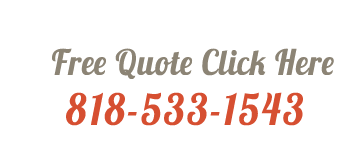It is not uncommon for the paint to peel, bubble up, or crack. It happens more often than you may think. We can only agree that with great transformation comes the potential for great frustration. That is why I am here to educate you on why it happens.
Why Does Paint Bubble?
Bubbles happen when paint film lifts from its underlying surface, these bubbles later start to peel. Bubbling can also result from painting a dirty, hot, cold, or damp surface, or you painted oil-based paint over latex paint or the paint was exposed to moisture soon after it dried or painting was done on a humid day. To Prevent Bubbles: Clean and thoroughly dry your surface before painting. Primer the surface then paint.
Why Does Paint Peel?
When paint can’t hold on to the underlying layer, it will peel. Painting a surface in a humid environment will cause peeling paint as well. You also can’t work with chemical incompatibilities, like oil-based paints on galvanized metal.
To Prevent Peeling: Sand the surface beforehand, and the paint will do a better job of sticking. Test an area to make sure the paint is sticking.
Why Does Paint Crack?
Cracking happens as a result of bubbling. It later leads to peeling. Paint can crack due to using Low-quality paint or if you painted oil-based paint over latex paint. It can also be because the paint was spread too thin or the paint dried too fast. It can also happen if you applied additional coats before the previous coats had dried completely, or if the surface wasn’t prepared.
What You Can Do If Paint Cracks:
If you know that the cracking hasn’t gone all the way to the substrate, take a scraper or wire brush and remove the flaking paint. Then, sand the area, prime bare spots, and repaint.
With many variables and potential headaches, it’s often best to use a professional company to do your prepping and painting for you. Exterior Painting Los Angeles is the company that is up to the task. They have skilled personnel that is excellent in the paintwork.








Recent Comments